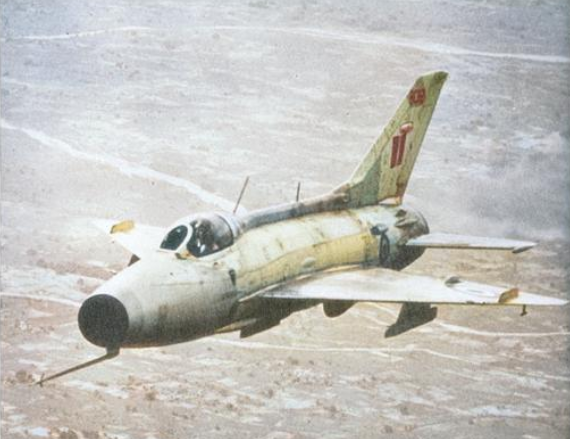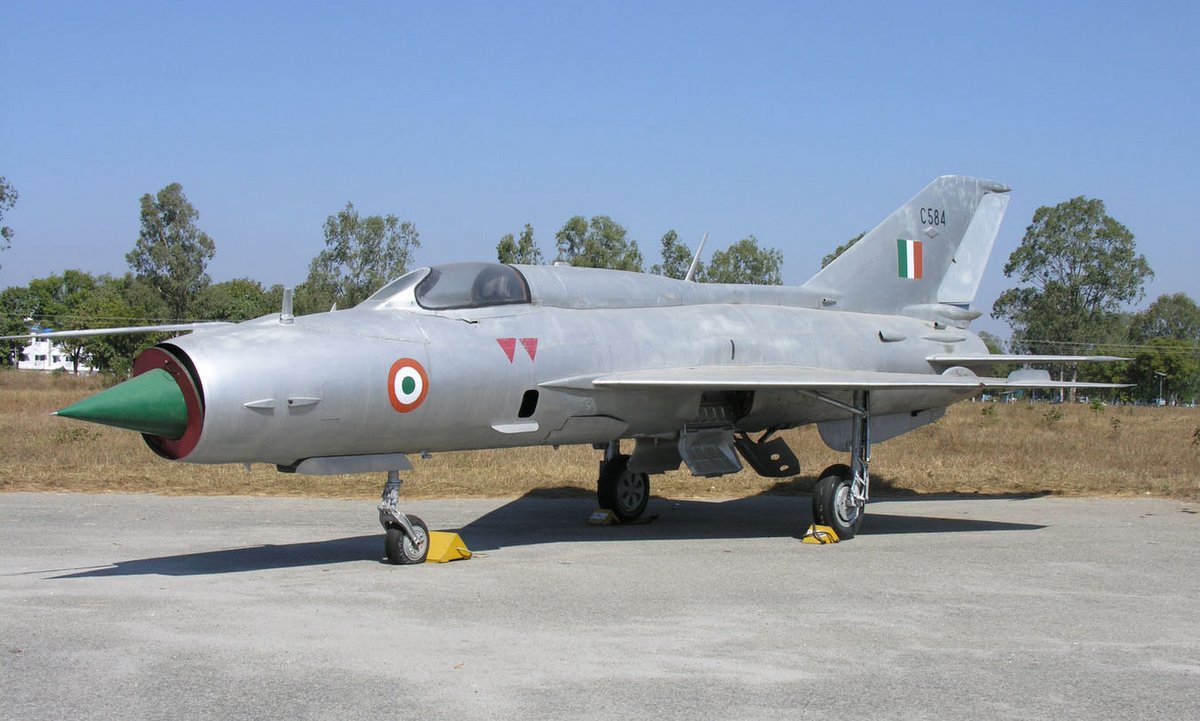সৈয়দ মুজতবা আলী Syed Mujtaba Ali was a Bengali author, academic and scholar. He was arguably the leading 20th century writer of travelogues in the Bengali language. Mujtaba Ali was born in Karimganj, then part of Sylhet District of Assam Province in 1904. 

Mujtaba Ali saw Rabindranath Tagore when the latter visited Sylhet in 1919. He was so impressed that he wrote to Tagore, who invited him to study at the Shantiniketan in 1921, among the first cohort. Tagore personally taught him Bengali literature along with Shelley and Keats. 

After his graduation he spent time at the Aligarh Muslim University. In 1927, he went to work for King Amanullah Khan of Afghanistan, then trying to modernize education. His time there was captured in his first book "Deshe-Bideshe" a humourous and entertaining travelogue. 



This is one of my favourite books and an audio-version can be found here:
In 1929, he went to Germany with a Wilhelm Humboldt scholarship and earned his PhD in Comparative Religion in 1932 at Bonn. Ali then studied Arabic at the Al-Azhar University in Cairo during 1934–1935. Upon his return he taught at colleges in Baroda (1936–1944) and Bogra (1949). 

Following the partition of India, he moved back to India in 1949. After a brief stint at Calcutta University in 1950, he became Secretary of the Indian Council for Cultural Relations and editor of its Arabic journal Thaqafatul Hind. 

From 1952 to 1956 he worked for All India Radio at New Delhi, Cuttack and Patna. He then joined the faculty of Visva-Bharati University (1956–1964) as professor of German language and later of Islamic Culture. 

He moved to the newly liberated Bangladesh in 1972 to be reunited with his family. As as passionate campaigner for Bengali, he had found living in East Pakistan intolerable and wrote extensively about it. He passed away in 1974 aged 69.
A polygot, he was fuent in English, French, German, Italian, Arabic, Persian, Urdu, Hindi, Sanskrit, Marathi, Gujarati, Pashtu and Greek.
He was the trail-blazer for a category of Bengali writing 'Ramya Rachana', an anecdotal story-telling – often based on real-life experiences, mixed in with humour. He was possibly the George Mikes of Bengali.
A list of his ebooks/pdf can be found here:
bdebooks.com/genre/syed-muj…
A list of his ebooks/pdf can be found here:
bdebooks.com/genre/syed-muj…
• • •
Missing some Tweet in this thread? You can try to
force a refresh























